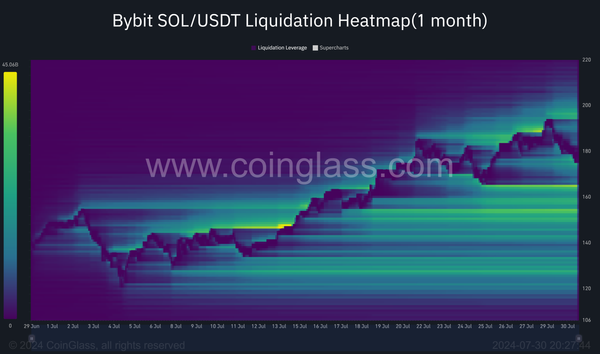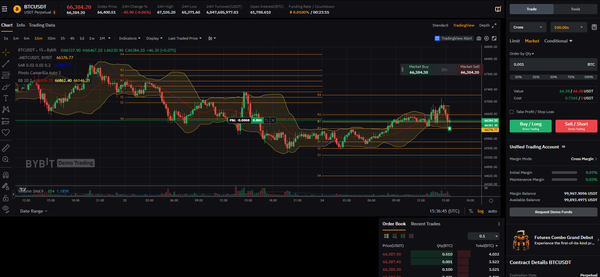Mastering Order Types in Crypto Perpetual Futures Trading

In the fast-paced world of cryptocurrency trading, perpetual futures markets offer traders the opportunity to speculate on the future price movements of cryptocurrencies without an expiry date. To navigate these markets effectively, traders must understand the various order types at their disposal. These order types not only facilitate sophisticated trading strategies but also play a crucial role in risk management. Let's explore some of the most common and advanced order types used in crypto perpetual futures trading.

Understanding the Basics: Limit and Market Orders
Limit Orders: Precision Entry and Exit
Limit orders allow traders to specify the exact price at which they wish to buy or sell a cryptocurrency. This precision ensures that traders can enter or exit the market at predetermined price levels, offering control over execution prices. However, the trade-off is that there's no guarantee the order will be filled if the market never reaches the specified price.
Market Orders: Immediate Execution
Market orders are the go-to for traders looking for the quickest way to enter or exit a position, executing immediately at the current market price. While they guarantee execution, they come with the risk of slippage—where the execution price may differ from the expected price, especially in volatile markets.
Advanced Risk Management: TP/SL and Advanced Limit Orders
Take Profit (TP) and Stop Loss (SL) Orders
TP and SL orders are essential tools for automatic risk management, designed to lock in profits or limit losses. A TP order closes a position at a predetermined profit target, while an SL order does so at a predetermined loss threshold. These orders help traders protect their capital and secure profits without constant market monitoring.
Advanced Limit Orders
Advanced limit orders, such as post-only and fill-or-kill orders, offer additional control over trade execution. Post-only orders ensure the order adds liquidity to the market, avoiding taker fees, while fill-or-kill orders demand immediate and complete execution, useful for large trades at specific prices.
Enhancing Strategy with Trailing Stops and Trigger Orders
Trailing Stop Orders
Trailing stop orders offer a dynamic approach to stop-loss orders, automatically adjusting to market movements to lock in profits while limiting losses. They maintain a set distance from the market price, moving favorably with the market but closing the position if the market turns.
Trigger Orders
Trigger, or conditional orders, activate under specific conditions, such as reaching a target price. These orders allow traders to automate their strategies, adjusting to market changes based on predefined criteria.
Sophisticated Execution: Scaled Orders and Slicing Bots
Scaled Orders
Scaled orders break down a large order into smaller chunks, executed at different price levels to minimize market impact and improve the average execution price. This technique is particularly valuable for managing large positions discreetly.
Slicing Bots: Iceberg and TWAP
Slicing bots, including iceberg and TWAP (Time-Weighted Average Price) strategies, offer sophisticated ways to execute large orders without significantly affecting the market price. Iceberg orders hide the bulk of the order from the public view, revealing only small portions at a time, while TWAP strategies execute small slices at regular intervals to achieve a price close to the time-weighted average.
Conclusion
The array of order types available in crypto perpetual futures trading empowers traders to execute a wide range of strategies effectively. From basic market and limit orders to advanced TP/SL, trailing stops, and sophisticated slicing bots, these tools offer the flexibility to navigate the volatile crypto markets. By understanding and utilizing these order types, traders can enhance their trading strategies, manage risk more effectively, and potentially improve their overall trading performance in the perpetual futures markets.




